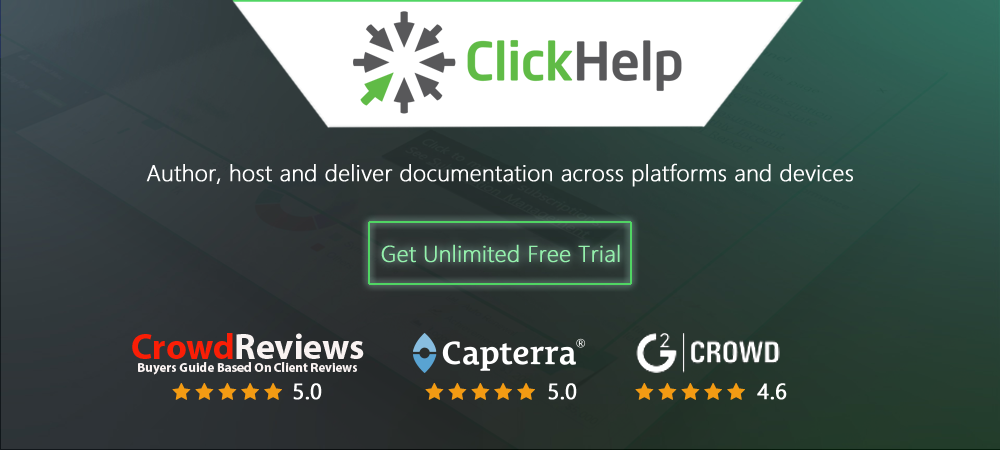
The tone of voice is quite a popular idea, especially for big companies. It provides the means to improve communication and connect with clients on a more personal level. Is there a place for the tone of voice in help authoring? We think there is. It is called technical communication after all.
Let’s try to understand what the tone of voice is and find the best ways to apply it to help writing.

The Voice of Your Company

The tone of voice is how you choose to speak to clients through all communication channels. This includes everything starting from the actual voice tones of your phone support, sales reps and ending with images on your website and the lexical units your company chooses in its texts. It’s like your whole company is a human being that has a character which is reflected in everything it does. The tone of voice is how you would like to be seen, or…heard.
Ideally, every person in your company is trying to be nice and helpful to customers, but everyone has a different idea of what this means. When a company has a tone of voice strategy mapped out, all employees understand how exactly they should communicate with clients. This is a conscious choice to move from random acts of niceness to a major goal-driven strategy.
This is when it brings maximum results. If that’s the case for you, the documentation team will be able to use the corporate guidelines and follow them.
The Voice of Your Documentation
Sometimes, the documentation team has to come up with a voice of tone strategy on its own when all that is available to them is a vague idea of what the overall tone of voice for the company is. This is especially true for technical writing agencies — they have to create user manuals for many companies and sometimes the tone of voice is simply not part of the conversation. Often, companies still view technical documentation as something that is not supposed to be influenced by the tone of voice strategy, unlike marketing/customer success. However, we advise that you go through this anyway — it works perfectly as a side question for better understanding how to treat the target audience right.
Voice of Tone Advice for Tech Writers

When you write documentation, every word choice matters. We have some tips for you how to make the right one:
- Speak the language of your audience. Make this a statement in the strategy. To make this happen, pay attention to what clients are saying, how they talk to each other on the forums, conferences.
- Would you prefer to sound like a guru and teach readers or does your company prefer a peer-to-peer approach? This alters the results of help authoring greatly, so you should carefully consider the overall impression your texts should have.
- Depending on how you would like to be viewed by readers, choose the appropriate style of speech. For example, when it is more on the peer-to-peer side, some companies even add jokes to docs. Too bold a move? Well, this is not the only way to make this happen. Using less official tone and simpler lexical units, encouraging readers to participate in discussions in the comment section, making documentation more inviting by using friendlier titles of reference links (‘Check out our documentation’ instead of more official ‘Refer to documentation here’) this all constitutes a certain tone of voice.
- What’s the key to success in any enterprise? Consistency! When you figured out your tone of voice, go through with it. Don’t make your brand look like a lagging android that is meant to be friendly and reliable and all of a sudden ‘surprises’ clients with a cold shoulder, like a piece of text that is strikingly different stylistically and emotionally from the rest of communication.
Conclusion
When you generate a tone of voice strategy for the technical docs you are creating, the best place to keep it is the documentation plan. Let your team access and revisit the strategy in a convenient manner. Read more on documentation plans in this article.
No use case is the same, of course. Find your own voice and see whether what you are doing at the moment fully supports it.
Good luck with your technical writing!
ClickHelp Team
Author, host and deliver documentation across platforms and devices

Source: https://medium.com/level-up-web/tone-of-voice-strategy-in-technical-documentation-9f46d8575be9
Written by
ClickHelp – Professional Online Technical Writing Tool. Check it out: https://clickhelp.com/online-documentation-tool/
